Description
iFi Audio
1.1 The Core – the ‘tone’
The iESL transformer core uses a mix of Mu-Metal (aka Permalloy) lamination and
Grain Oriented Silicone Steel (aka GOSS). Most audio transformers for such higher
levels and power restrict themselves to using steel.
https://en.wikipedia.org/wiki/Electrical_steel#Grain_orientation
+ GOSS handles high signal levels well, which is needed if we wish to produce
300V or even more.
– GOSS has problems with hysteresis at low levels, causing loss of low-level
detail. In some cases this ‘simplification’ of the music signal may be a
desirable effect, however it is a clear and audible distortion.
Mu-Metal is a unique magnetic alloy with very different properties to GOSS:
https://en.wikipedia.org/wiki/Mu-metal
+ Mu-Metal/Permalloy is great for low signal levels (low-level resolution) but
cannot handle high-level signals well. Mu-Metal based transformers are well
known for their crystal clear sound, but generally cannot handle high-levels,
restricting them mostly to use in microphone pre-amplifiers or for moving
coil LP-pickups, where signal levels are measured in thousands of a Volt,
rather than hundreds of a Volt.
– Mu-Metal/Permalloy requires heat treatment after being worked (e.g. being
cut) to restore its magnetic properties. It is hugely more expensive than GOSS
and in limited and forever dwindling supply as existing makers close up shop
or are acquired and drop less profitable, lower volume products such MuMetal/Permalloy
from their lines.
Combining the two materials in pinstripe fashion, a process pioneered by Peerless
Transformers USA in the 1950s gives the best of both materials.
Peerless Transformers featured in the legendary Western Electric and Altec (“All
Technical Services”) recording equipment from the golden age of stereo.
Getting identical laminations in GOSS and Mu-Metal/Permalloy is challenging,
getting ultra-thin laminations such as we prefer to use, more so and then manually
and individually assembling each core with different materials in a repeatable
pattern has to be done by hand. Arduous? Yes, but worth it.
1.2 The Winding – ‘Voice of the Transformer’
While a good core is the key to making a transformer that has good dynamics and
correct tone, the winding must be equally considered. Due to many limiting factors,
making a transformer with a wide bandwidth and low distortion is very challenging.
The winding structure determines the bandwidth of transformers. Typically winding
audio transformers is a compromise between low frequency cut-off, low frequency
distortion and high frequency cut-off. These three elements tend to form one of the
classic “choose any two” triads, especially for classic ‘layered’ construction
transformers. Often transformers have a high frequency cut-off (-3dB) barely higher
than 20kHz and low frequency cut-offs barely below 20Hz.
An Energiser using such transformers is likely to exhibit a muffled top end while bass
is compromised by the lack of really low cut-off and excessive phase-shift in the
audible range. As an absolute minimum specification, we targeted < 10Hz – 40kHz, –
3dB, which is required by the JAS ‘High-Res’ logo, which we strive to earn with all our
products.
To attain such performance, some rarely used techniques were employed to
sidestep the ‘choose any two’ limitations for the iESL.
The key is the use of Scheibenwicklung (disk-winding)…
The Scheibenwicklung is also quite old, German patent DE861406 C issued to
Siemens GMBH Jan 5, 1953 with a filing date of May 14, 1943.
(http://google.com/patents/DE861406C?cl=ko) covers this.
Transformer Illustration from here: http://elektronik-kurs.net/elektrotechnik/transformatoren/
Transformers in the iEnergiser are unique in combining Scheibenwicklung and
layered winding in a complex interleaved pattern to achieve results that considerably
exceed either technique. The design of such transformers is mostly an extinct art,
with virtually no text remaining (never mind in print) and few people who still have
the know-how. And manufacturing of such designs is orders of magnitude more
challenging than generic transformers.
Our transformers match and exceed the standards set by Siemens (Germany) and
Peerless (USA). With a bandwidth of < 5Hz to > 60kHz (-3dB), transformers in the
iESL far exceed the requirements of even the JAS High-Res Logo.
To recap, in order produce high-voltages required by electrostatic headphones, the
Pro iESL employs custom-made Pinstripe Permalloy Core Transformer (PPCT) of the
highest quality:
• Ultra-wide bandwidth signal: attains <10Hz all the way up to 60 kHz.
• Perfectly linear: from low through to high signal levels.
• The extremely critical core of the transformers is a GOSS/Mu-Metal
hybrid. This reduces distortion dramatically, when compared to
traditional cores, be they GOSS, amorphous iron or similar materials.
• In order to combine a high step-up ratio with good behaviour without
excessive resonances or bandwidth limitations our custom
transformers use a complicated multi-section winding with both
vertical and horizontal sectioning. Extremely thin wire must be wound
precisely and tightly to create the performance required.
Combining this complex winding with an exceptional core produces a transformer
that handles ALL levels without distortion drawbacks as well as offering a completely
flat frequency response without colorations well beyond the audio band.
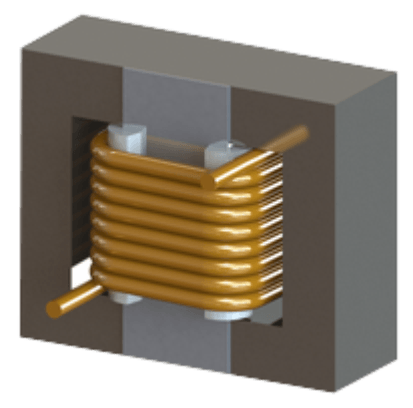
In terms of performance, only such an exceptional transformer can approach and
even exceed the best transformer-less amplifiers.
Part 2: Bias Voltage
In addition to the actual music signal, a pair of electrostatic headphones requires the
so-called “bias voltage.” Whereas so-called dynamic headphones have a static
magnetic field which provides the ‘bias,’ in the case of electrostatic headphones, a
static electricity field is needed. It is important that this voltage is both extremely
clean and precise.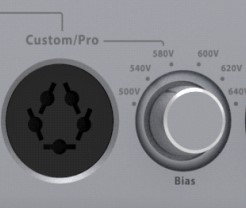
Exceeding the bias voltage significantly (even only due to high mains line voltages)
can damage the electrostatic headphone, noise on the bias voltage will modulate
with the music signal.
The bias circuit itself with the headphone forms a low-pass circuit that is effective in
suppressing supersonic noise (by at least 100 times), however low-frequency noises
pass without any reduction.
This makes clear that the bias circuitry for electrostatic headphones is ‘quite’ critical,
yet in most Energisers and dedicated ES headphone amplifiers, one might be
forgiven for considering the bias circuitry was a mere afterthought.
There are two common approaches to offering bias voltages:
• High Voltage Transformer & Rectification: Custom high voltage (appx 410V
for Stax Pro Bias) transformers provide 50/60Hz AC which is rectified. These
are custom transformers with very high voltage windings which are
unavailable off the shelf. They are very rare and are seldom seen, even on
electrostatic speakers!
• Cascade rectifier: achieves high voltages but is very noisy. The noise can be
filtered but this is not preferred as some residual noise always ends up in the
music path which is sub-optimal.
Background to Biasing Voltages
The Cascade rectifier circuit is perhaps the most common yet is also the most
compromised. The most common approach to the bias voltage is created using
50/60Hz mains power and a so-called Villard or Greinacher cascade rectifier (which is
also sometimes called a Cockcroft-Walton voltage multiplier).
This circuit can deliver very high voltages using rather generic and inexpensive
components, but its operation is noisy.
Given the low frequencies of the AC used, large value capacitors tend to be needed,
usually requiring rather non-linear electrolytic capacitors, which have high leakage
currents and so the cascade rectifier must operate constantly to keep the Bias
Voltage from dropping.
To us, both approaches were unacceptable.
We decided to discard all existing solutions. We went with a third option. While the
Bias Voltage is high, there is almost no current draw.
Option 3: The Capacitive Battery Power Supply
Listening to a vintage battery-powered Energiser from our collection of eclectic and
sui generis HiFi collection, we noticed that once the power was turned off, the
electrostatic headphones kept playing for many minutes just on the retained charge
in a small capacitor. More apparent was that sound quality was noticeably better as
the primitive switched mode step-up circuit was off. This was a real “eureka!”
moment.

The 3rd solution
We decided to use a large battery of capacitors, using high-grade Wima Germany
made film capacitors rated at 1,000V DC. Then the aim was to charge them up once
to the required voltage and to then turn the charger circuit off entirely, leaving the
capacitor bank to ‘float’ at the required bias voltage. This gives an essentially perfect
bias voltage source, pure static electricity, no electronic noise whatsoever at any
frequency. Talk about killing birds with stones!
The Design
In order to provide this one time charge, we employ a very high-frequency switching
system (@ 750kHz). It uses a tiny, fully-shielded transformer and exotic ultra-fast
high voltage rectifiers. More crucially, this system shuts down completely as soon as
correct bias voltage has been established in the capacitor bank. This also means that
the bias voltage is precision regulated to a small fraction of 1V to the official bias
voltage, no changes in mains voltage or other factors will cause the bias voltage to
shift.
As some minor discharge occurs even through air, the charging system checks the
capacitor bank every 30 seconds attempting to recharge the capacitor bank. If the
bank is still fully-charged, the process usually takes a few millionth of a second
(microseconds) as usually one or two switching cycles suffices to replenish the lost
charge. Then the switching system is again off completely.
Any noise that this system creates is confined to medium frequency radio bands for
the infrequent short durations during which it is active. In practice, over 99.999% of
the time the charging circuit is completely off.
The practical outcome is in effect a perfect high-voltage battery to provide the bias
for electrostatic headphones. Two completely separate and independent bias
circuits are employed, one for the 230V ‘normal’ bias and another adjustable, to
cover a wide range of modern electrostatic headphones.
This is all deployed in a totally separate circuit which is standalone and is not in the
music path at all.

Using this unique solution, the Capactive Battery Power Supply in the Pro iESL is able
to provide bias voltages for all known electrostatic headphones across an incredibly
wide range:
While this is an uncommonly comprehensive wide range of adjustability, compared
to other Energisers, the iESL approach to bias voltage is unique.
Part 3: Audiophile parts, unparalleled signal performance
In order to select input signals and to switch speaker connections, high-grade signal
relays are used.
WIMA capacitors

These 1,000Volt rated capacitors are from Germany. The key is the very high
insulation resistance and minimal current leakage, as any such leakage causes selfdischarge.
The whole capacitor pack has around 35,000,000 kOhm insulation
resistance, which means that self-discharge time (to 30%) is around 100,000 seconds
or 27 hours.
Hence, they are perfectly suited for the capacitive battery power supply of the iESL.
Vishay MELF resistors
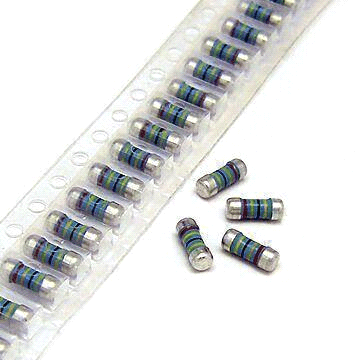
MELFs offer superior SMD resistor performance in terms of accuracy, stability,
reliability, and pulse load capability. The cylindrical construction of MELF devices
provides an optimal power rating and pulse load capability. MELF are more complex
to make and so cost more. When assembling PCBs MELF need special machines and
treatment. Hence they are seldom used.
Gold-plated silver contact relays

The entire signal switching for the input selection utilises gold-plated silver contact
miniature relays, filled with an inert gas. This makes sure the contacts will be as new
for many years to come.
Sealed-silver alloy contact relays

The speaker connections are switched using sealed silver alloy contact relays for
minimum impact on the sound quality of the speaker path.
We hope this outline has offered a small insight into the makings of the Pro iESL.
Simple in theory but complex is practice.
There you have it, the iESL. It is one very special Energiser unit for Sennheiser
Orpheus, Stax electrostatic ‘Ear Speakers’ and dynamic headphones.
We thank you for reading this and your interest in the history and development
behind the Pro series iESL.
Addendum notes on Pro iESL use with Pro iCAN
Most ESHP are very inefficient. Due to the limited Voltage handling and the low sensitivity
ESHP generally do not play very loud, especially compared to traditional dynamic
headphones. So do not expect them to go as loud as dynamic headphones.
Depending on the impedance control setting the Pro iCAN and Pro iESL combo can deliver
between 320V RMS (910V PP) using the 64/96 Ohm setting and up to 640V RMS (1820V PP)
using the 16/24 Ohm setting.
These are very high voltage levels and may exceed the rated limit of the ESHP. Please
confirm with the manufacturer of your ESHP what levels are allowed and if any doubt only
use the high impedance settings.
When using the iESL with Pro iCAN remember to keep gain, X-Bass & 3-D Sound settings
moderate. Maximum gain is recommended at 9dB, 3D only at the lower settings and the
same for X-Bass, otherwise the stress on both amplifier and headphone may be excessive.
Under the above conditions, the volume on the Pro iCAN should be able to be advanced to
maximum (using an iFi DAC) without risk of protection circuitry engaging or damaging ANY
ESHP as long as the Pro iESL impedance setting is 64Ω or 96Ω.
Contact us directly for special package deals with this product.
| Pro iESL Main Accessories |
| • HDMI cable |
| • ipower 9V |
| • Adapter for iPower |
| • Warranty Card |
| • User Manual |
| • STS Card |

The iESL has a lot that separates it from the rest of the market!“I was very impressed with the iESL. It benefitted dramatically from a lowering of noise which opens up the upper midrange frequencies to new and complex detail…the iESL is packed with value too. Any electrostatic headphone fan needs to grab one!”
http://theaudiophileman.com/iesl/
Many thanks Paul Rigby (The Audiophile Man) for your excellent review

The iESL has a lot that separates it from the rest of the market!“…so much extra beauty breathed in the Pro iESL. Thanks to the Pro iESL, you can now enjoy equally superb sound quality through electrostatic headphones.”
Many thanks HiFi Philosophy and iFi Poland (Moje Audio) for this excellent review
http://hifiphilosophy.com/recenzja-ifi-audio-pro-iesl/
Translated with Google

“Pro iESL – We can reach the new attraction of headphones that we have not noticed before!“…common trend with all of iFi’s products. They really hit the nail on the head with this product.”
https://hearfidelity.com/reviews-1/ifi-pro-iesl
Many thanks hearfidelity for your wicked review.

“Pro iESL – We can reach the new attraction of headphones that we have not noticed before!“Pro iESL boasts contents that can be said to be the definite version of such a capacitor type headphone adapter. It is an item where you can enjoy the depths unique to condenser-type headphones.”
http://www.phileweb.com/review/article/201707/17/2641.html
Many thanks Phileweb and iFi Japan (Top Wing Corporation) for your excellent review.
Translated with Google

““With the recommended settings, everything is fine. There is a wonderful detail and distinct dynamics and most surprisingly, a comfortable musical balance.”
What on earth is Tarasov from Salon AV on about?
(Drum roll)
The Pro iESL of course which also got the Expert’s Choice award!
www.salonav.com/arch/2017/10/soglasuyushhij-usilitel-ifi-pro-iesl.htm
Thank you Sohu for your review.

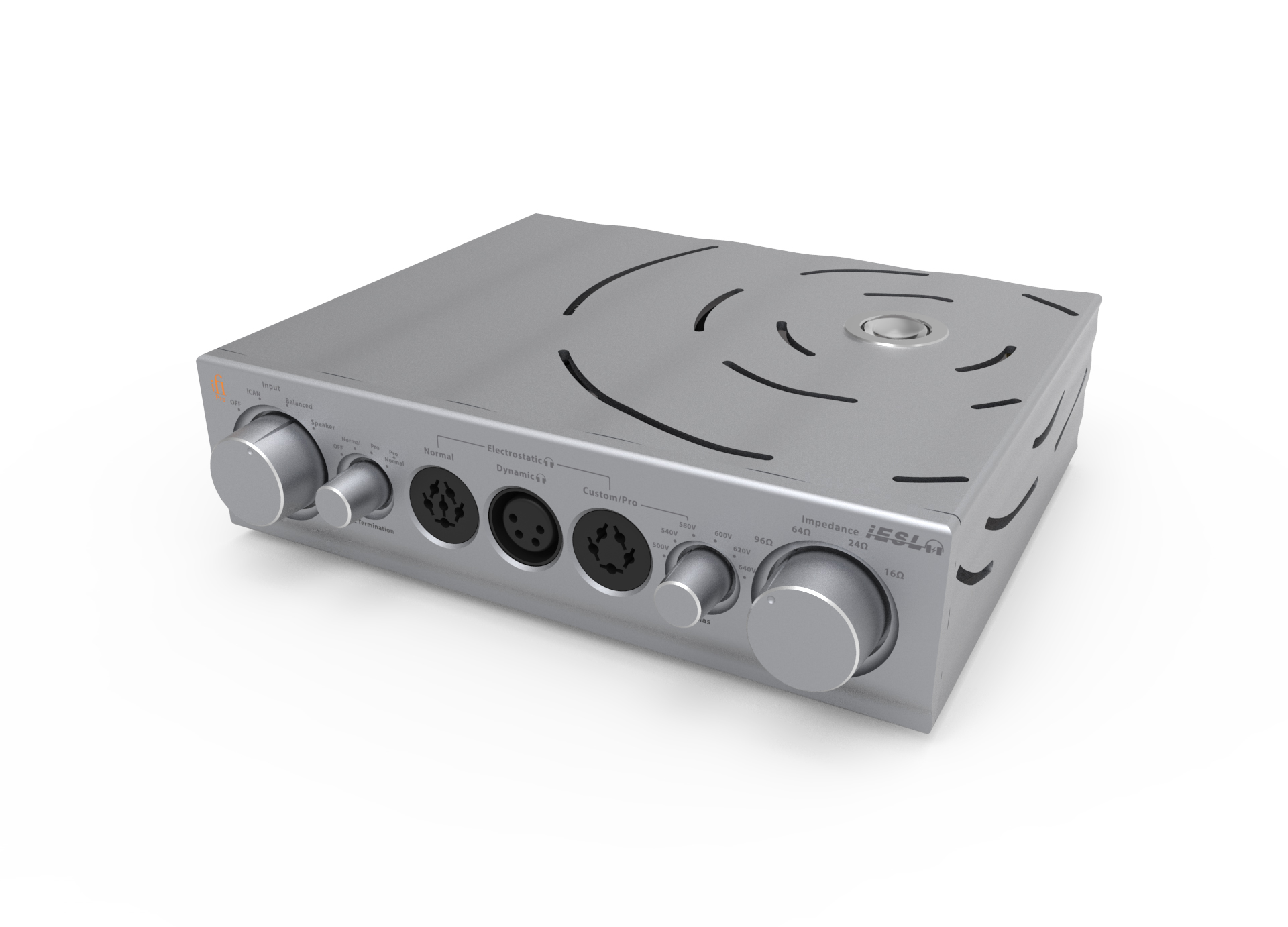

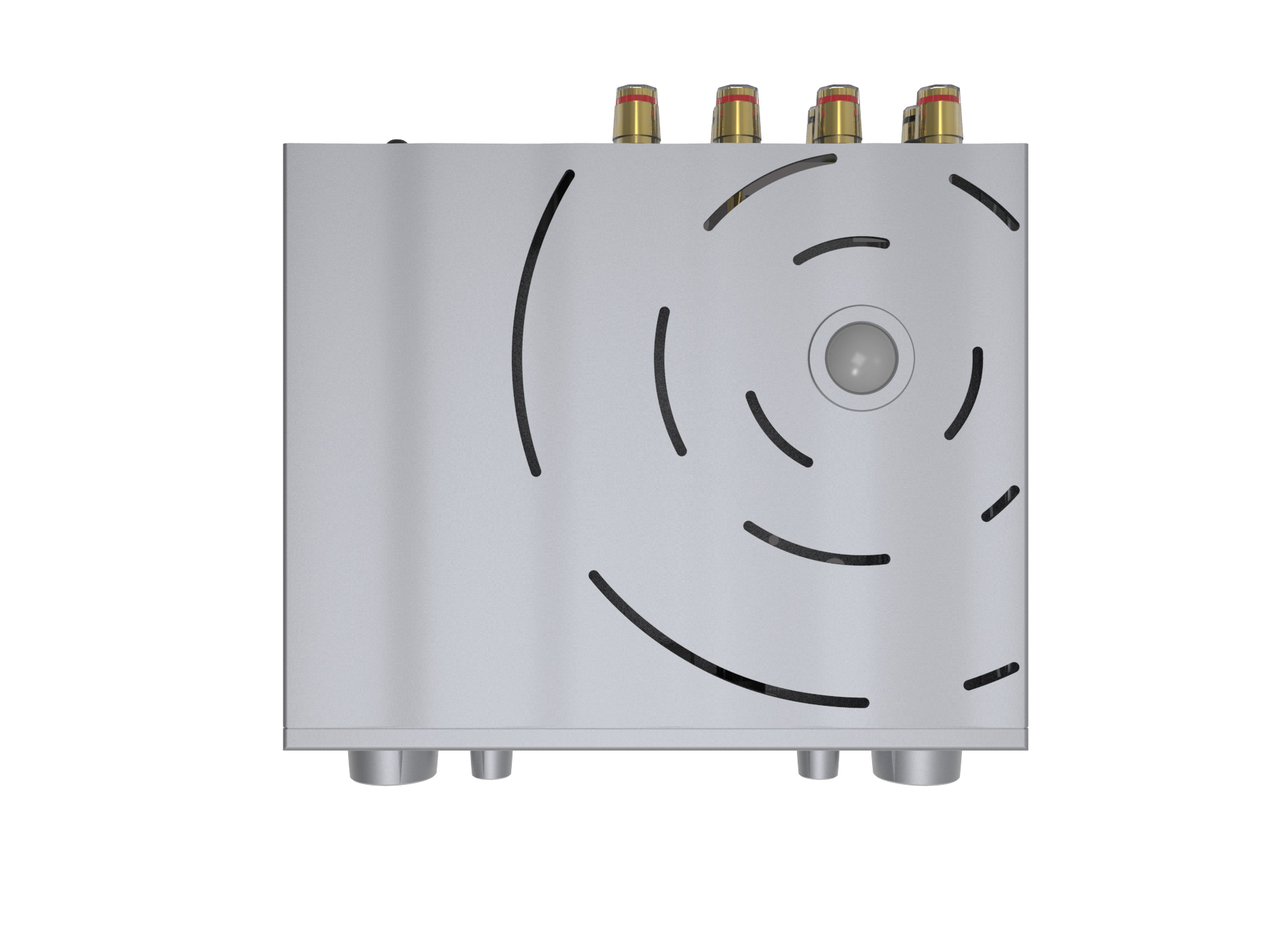
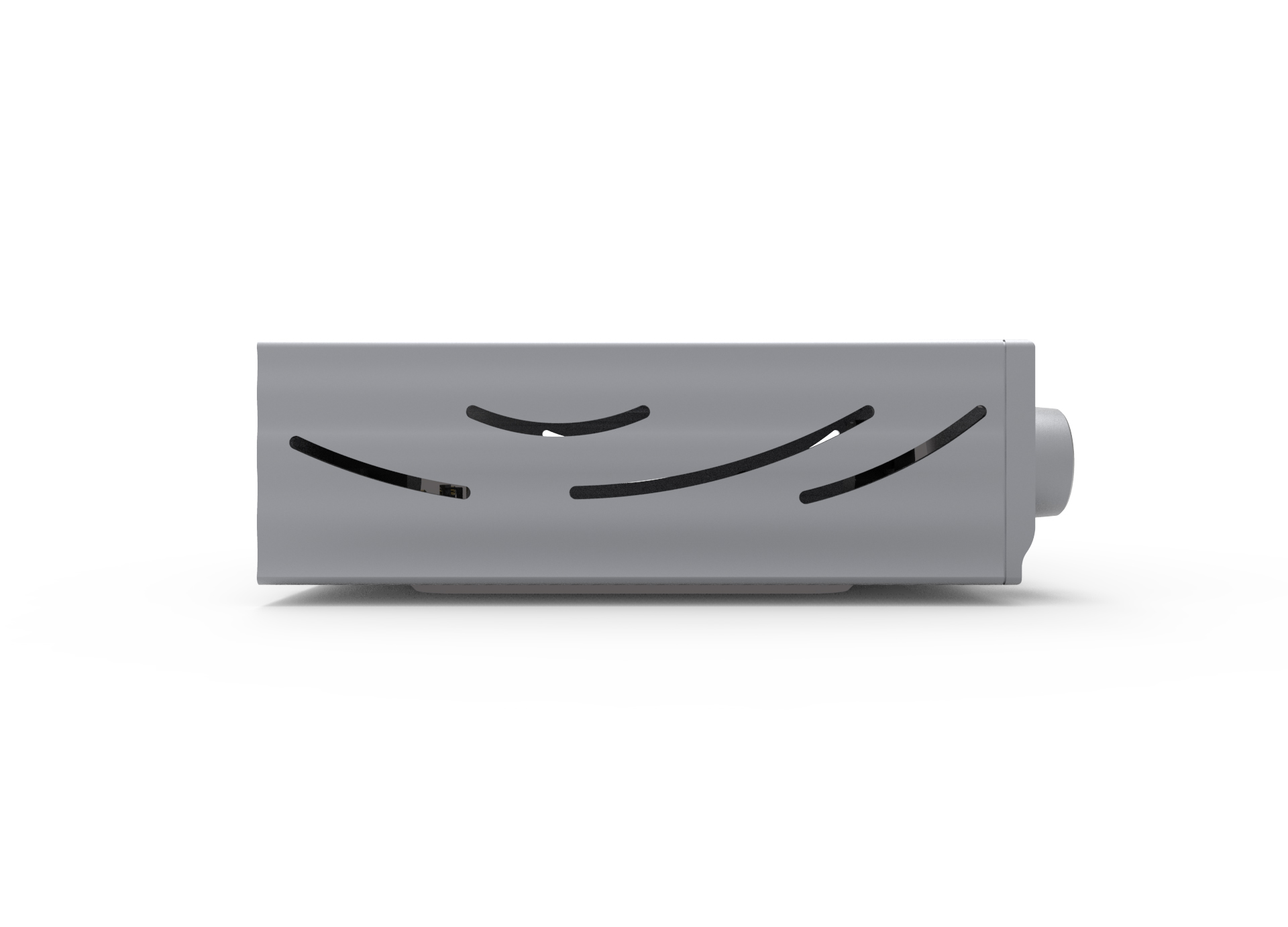
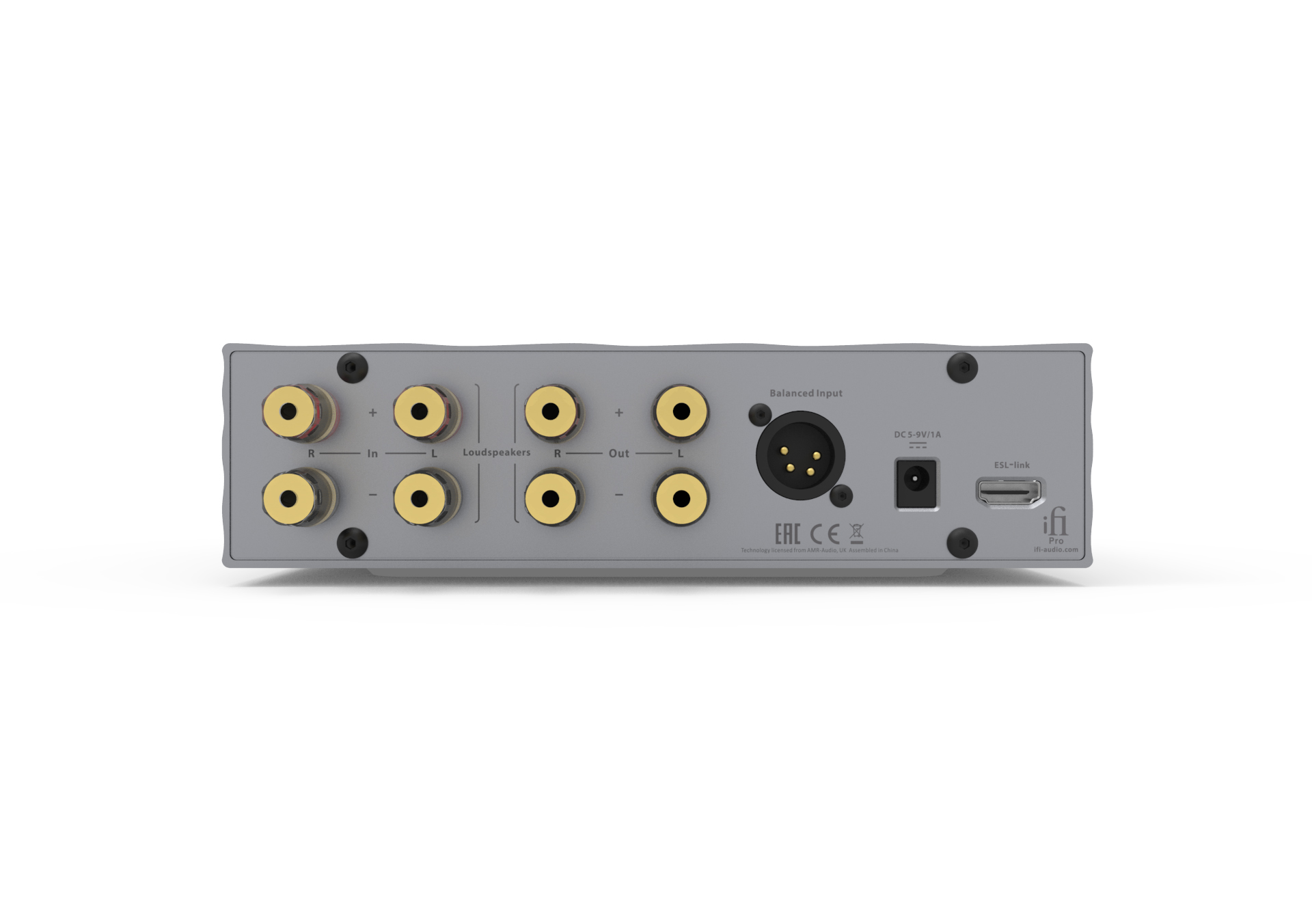
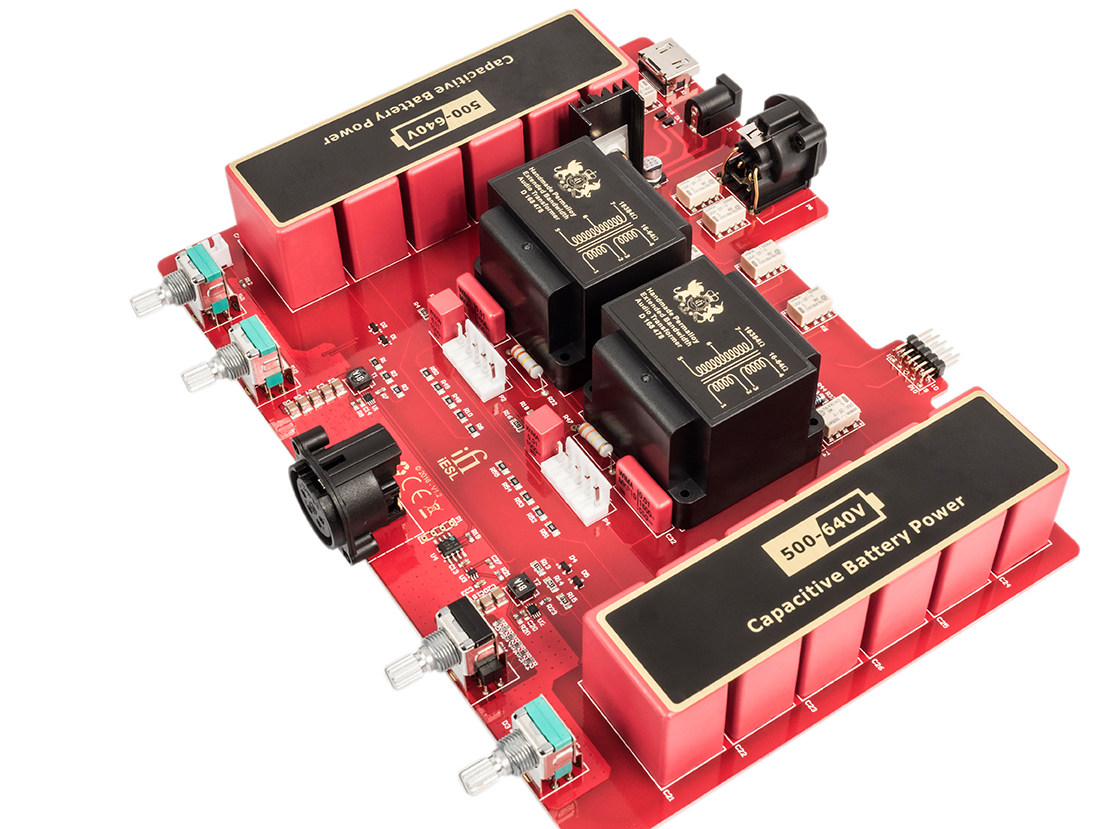
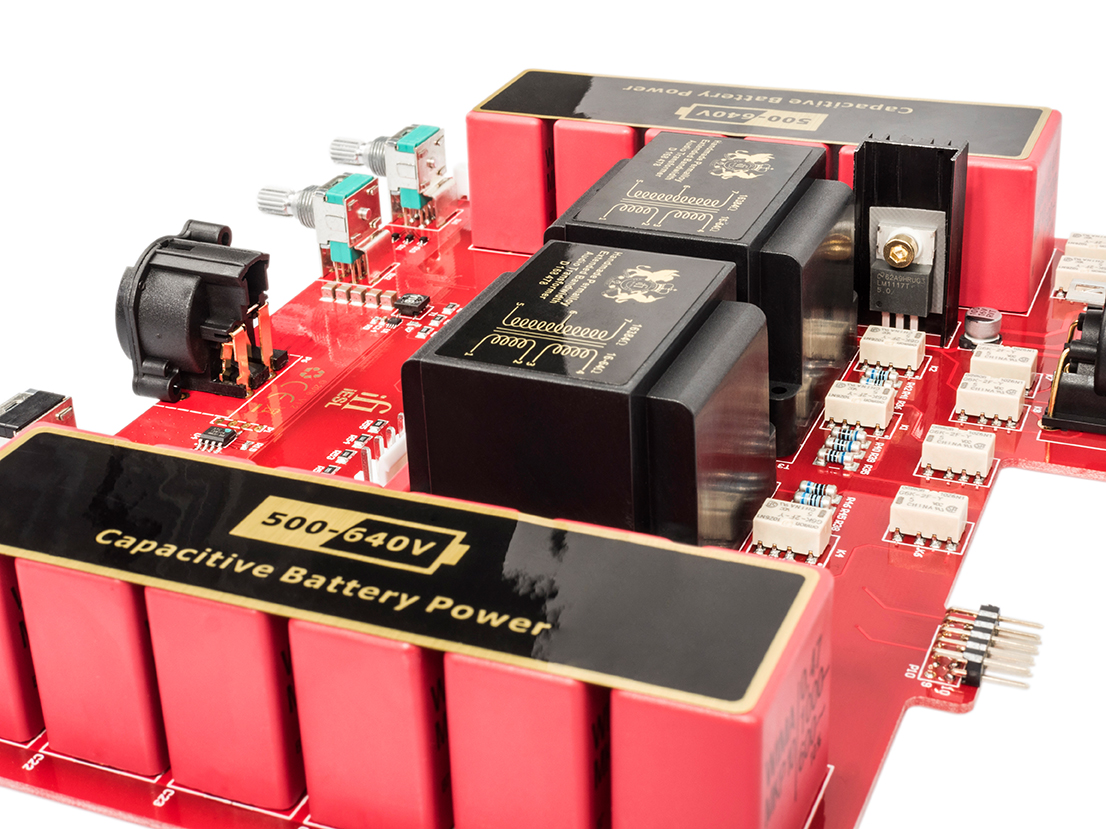

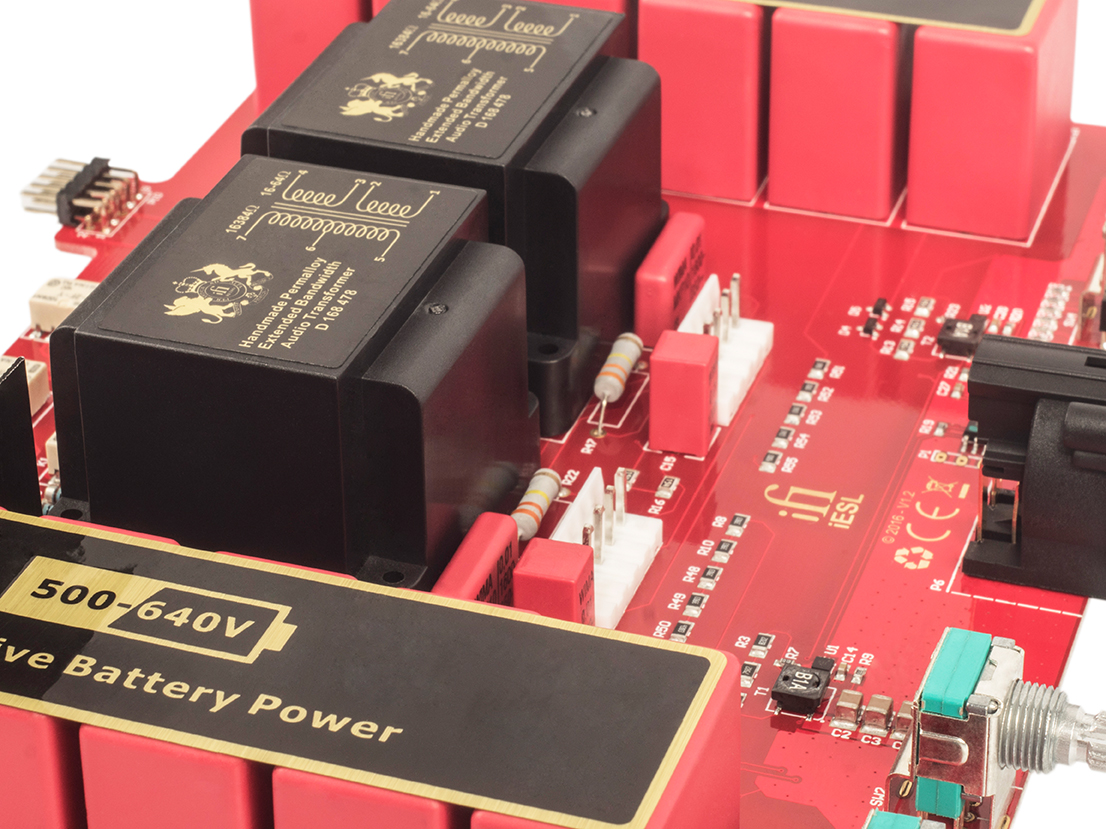
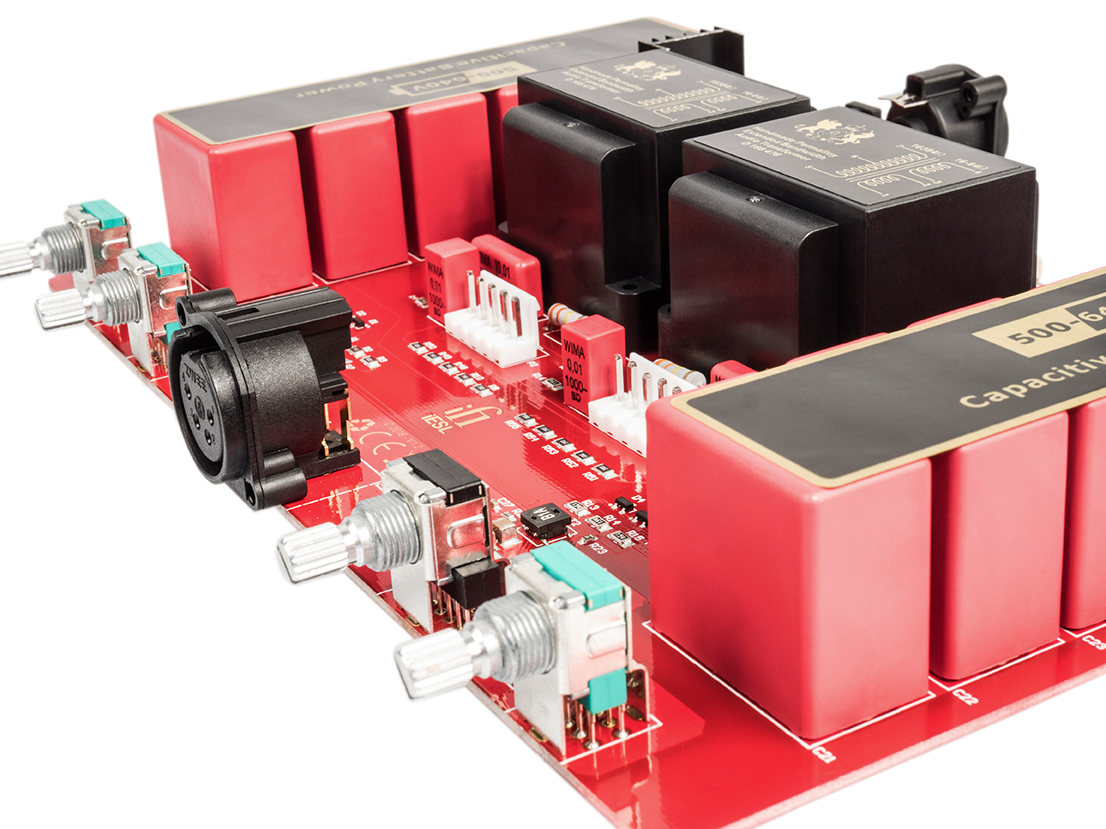

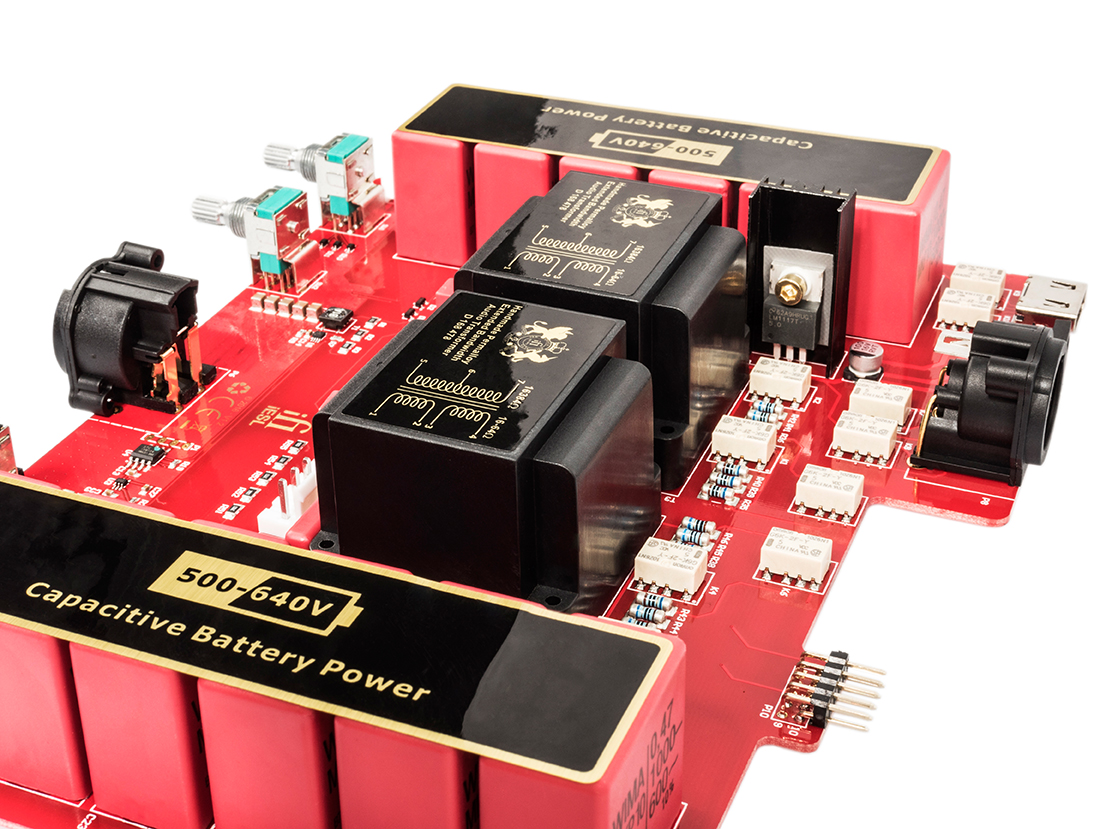


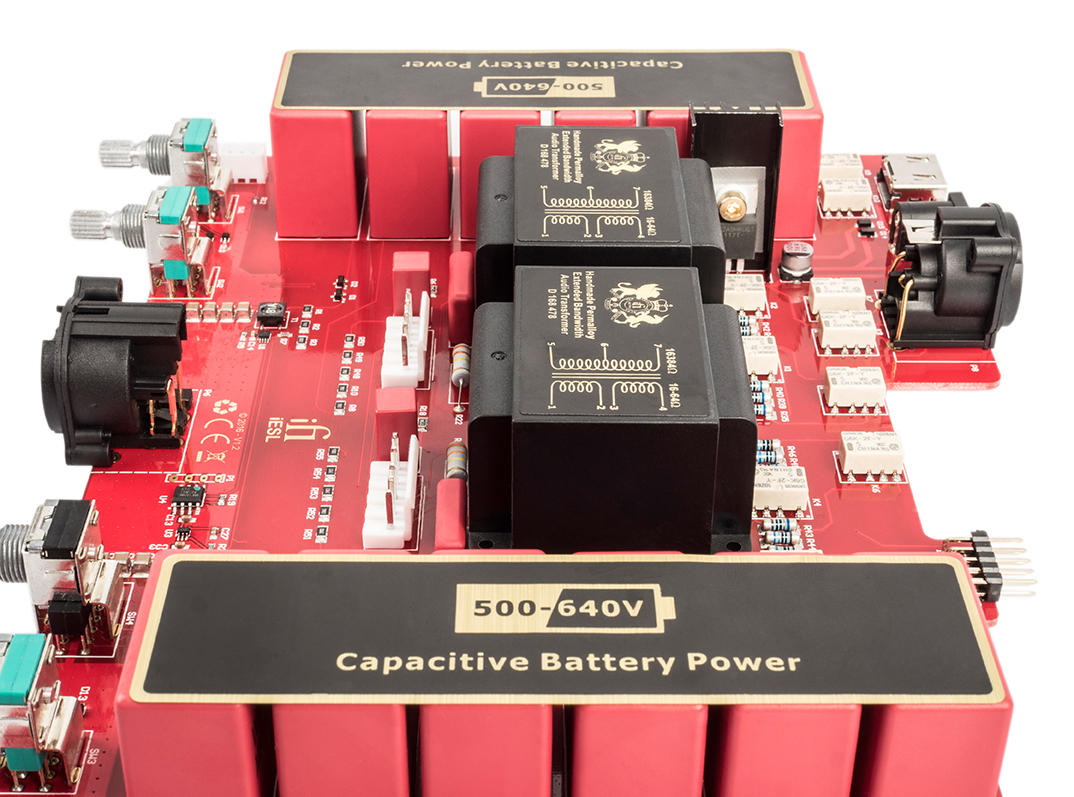
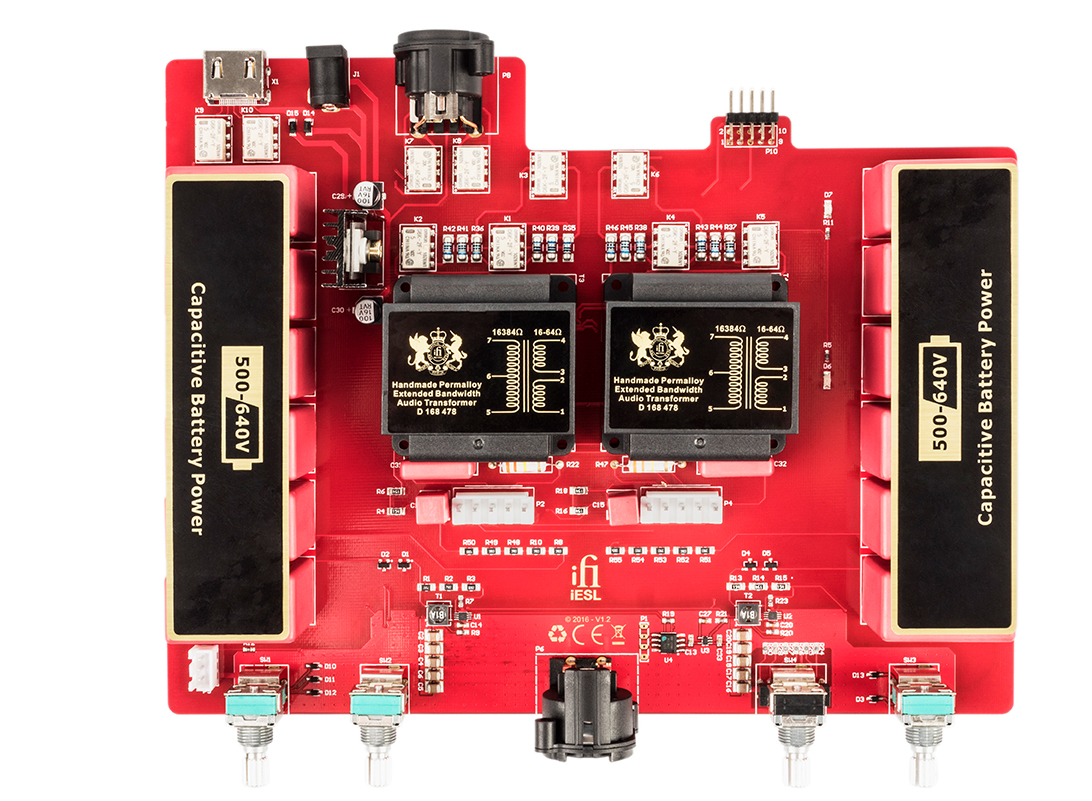
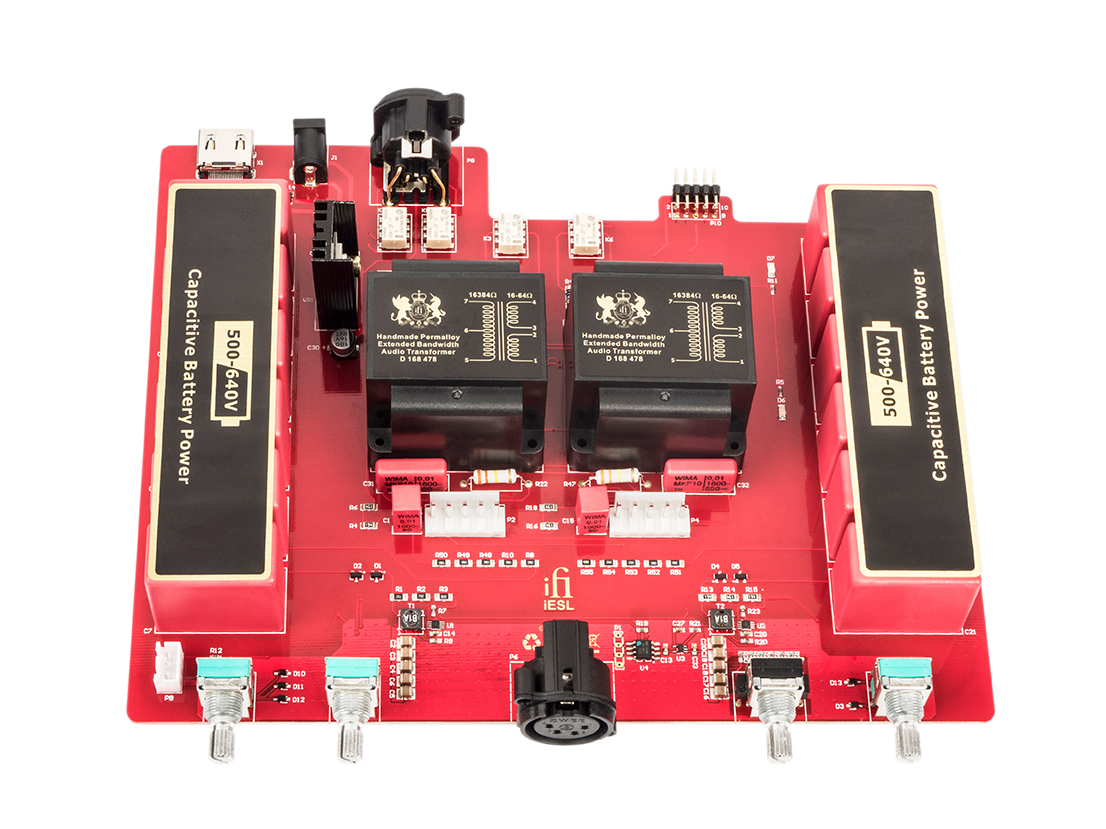

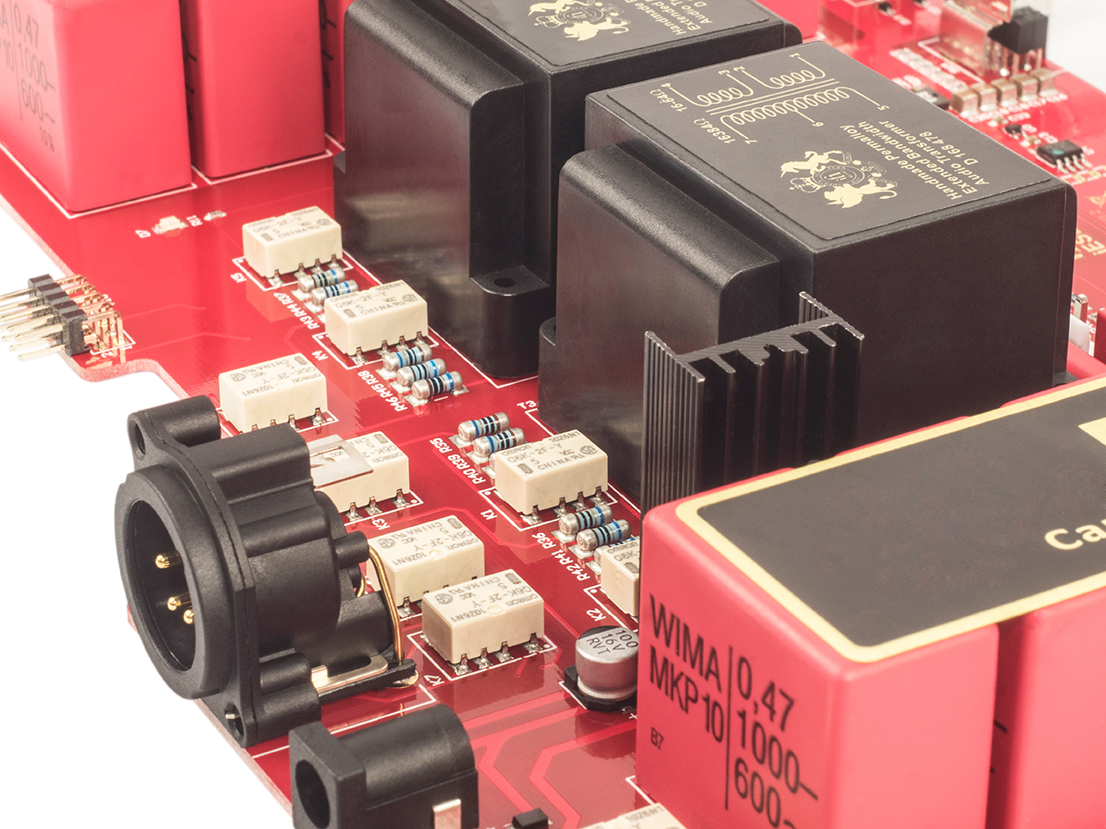
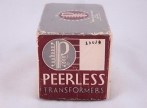

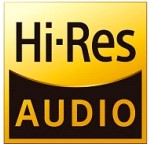
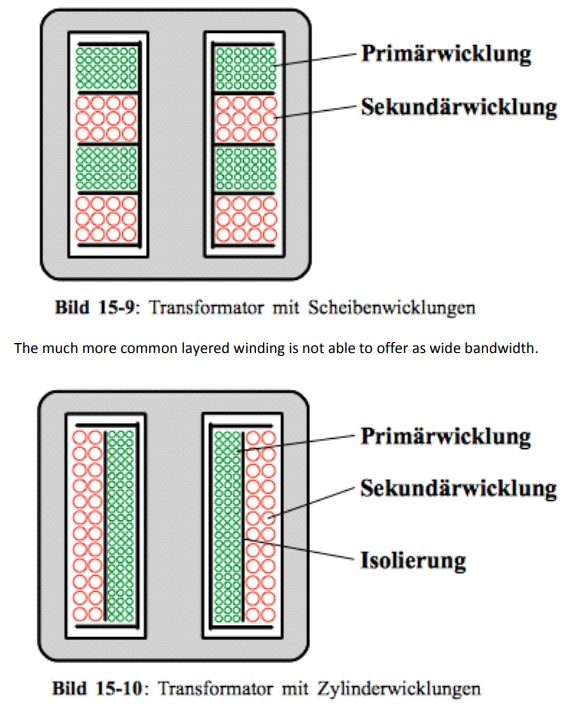

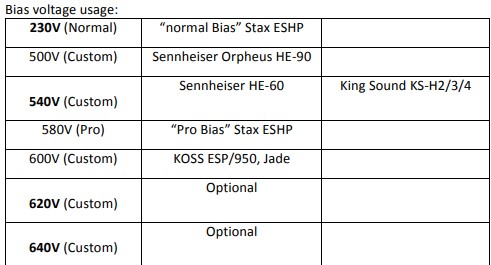

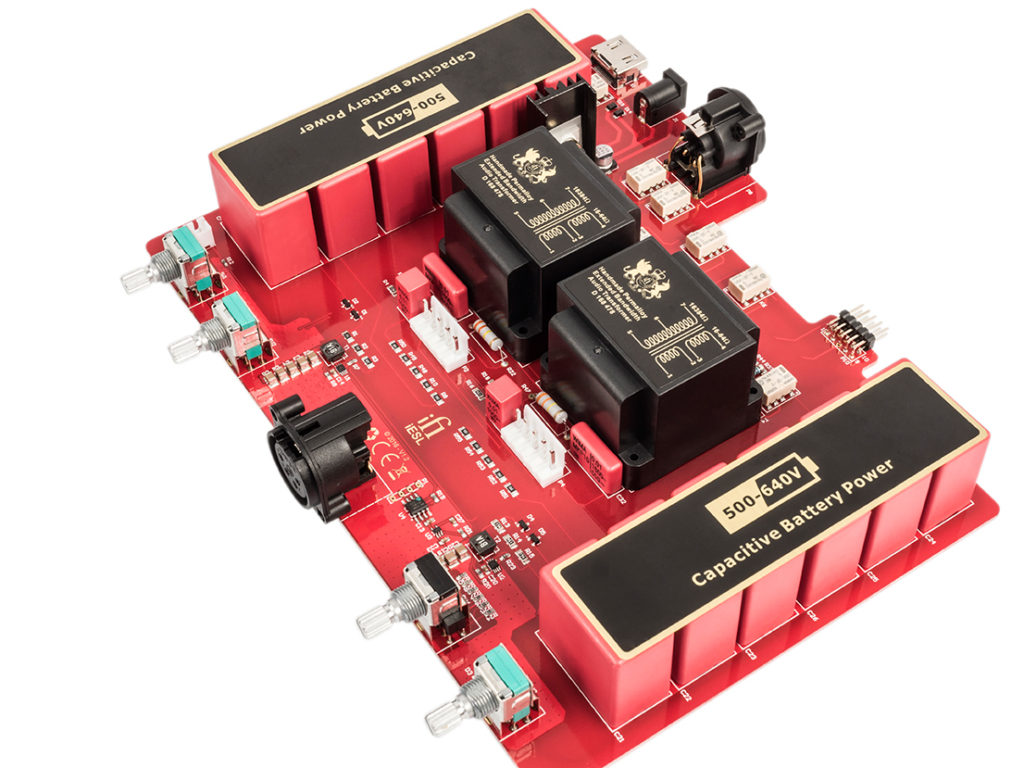


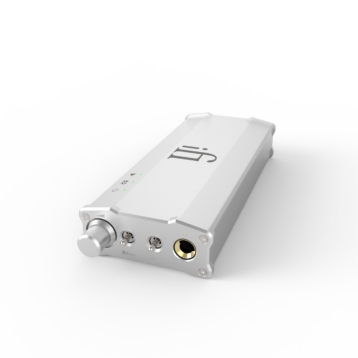
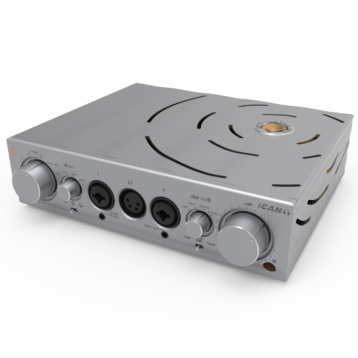
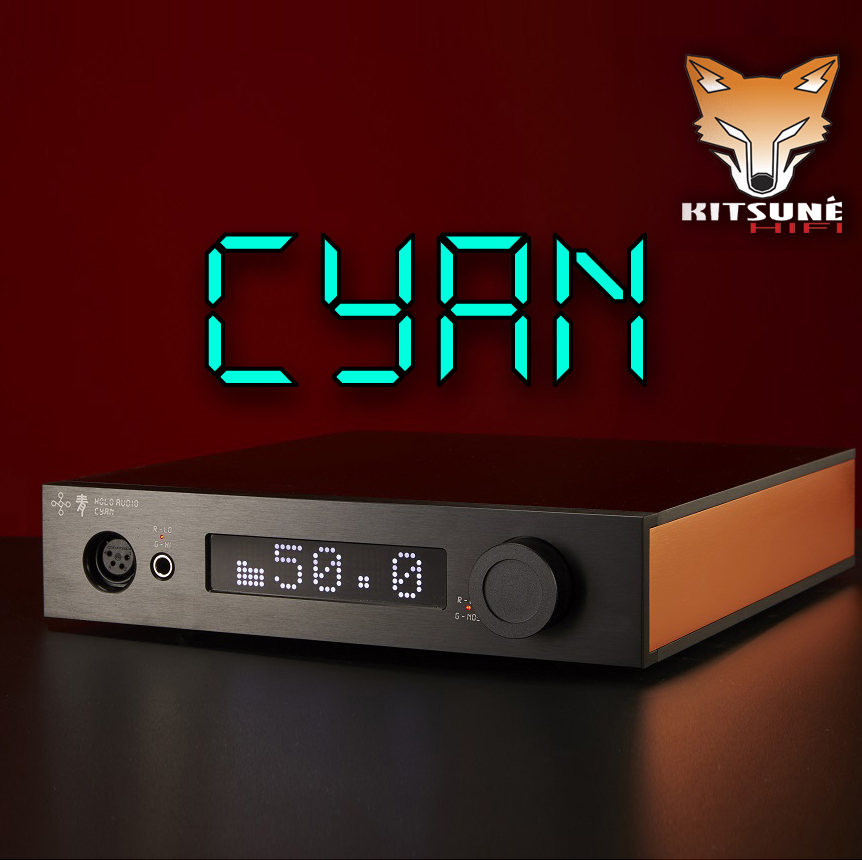
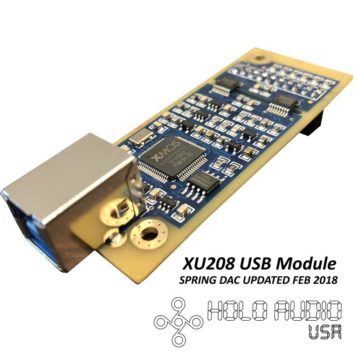
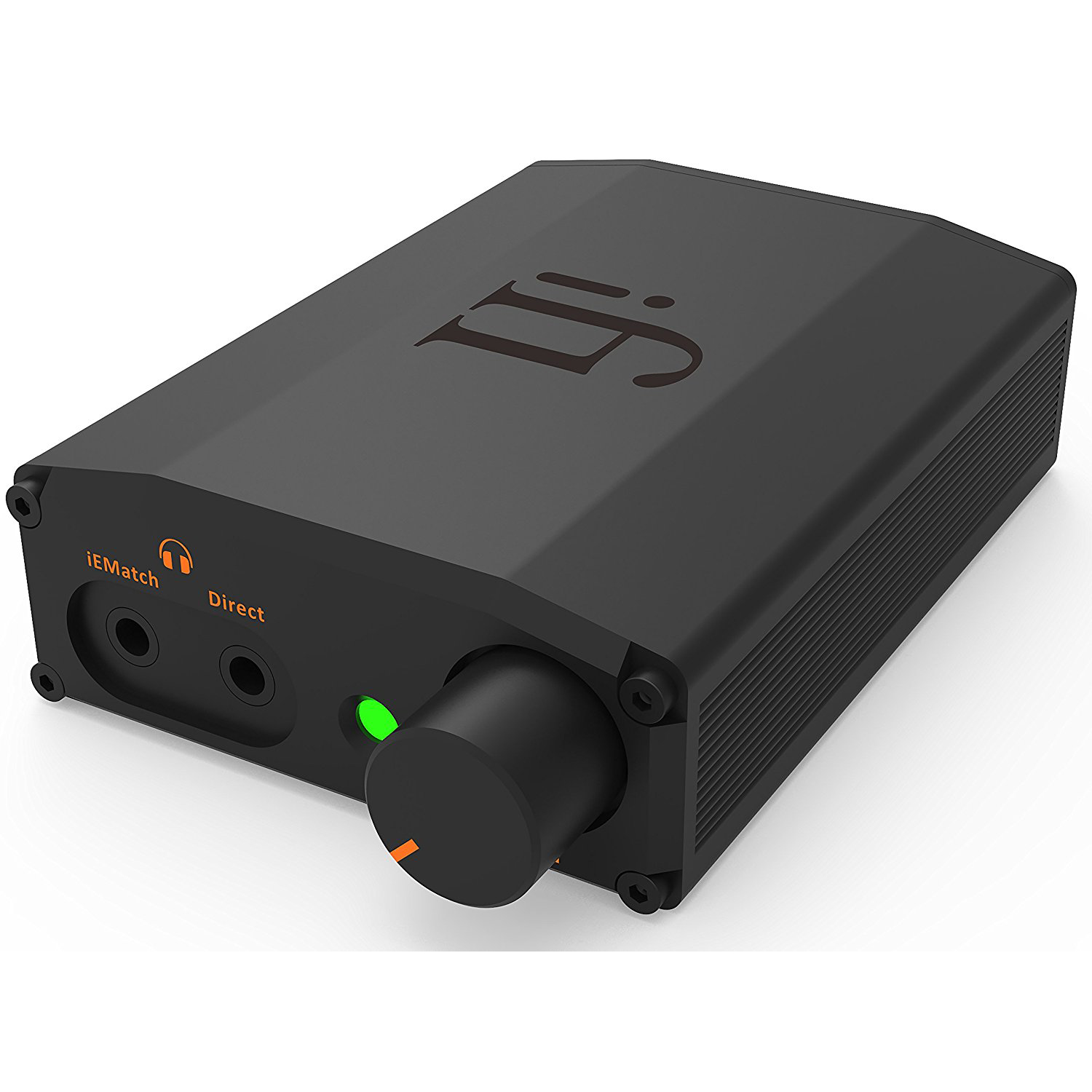
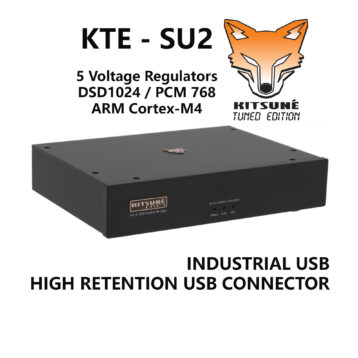
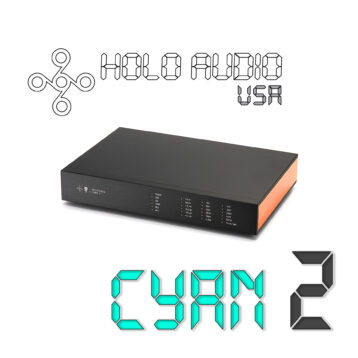
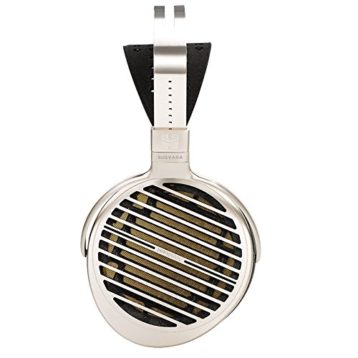
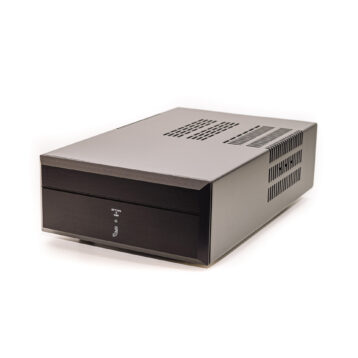
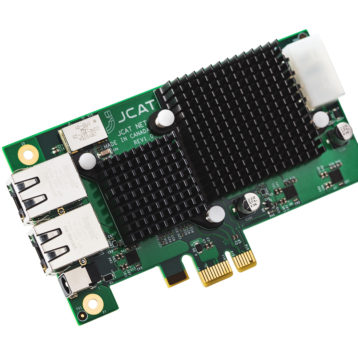
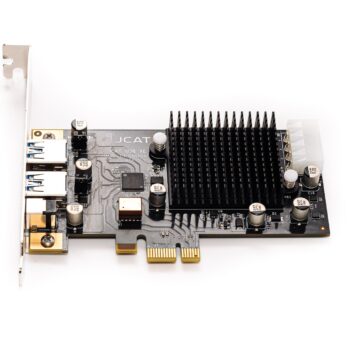
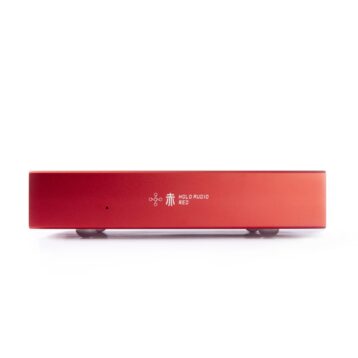
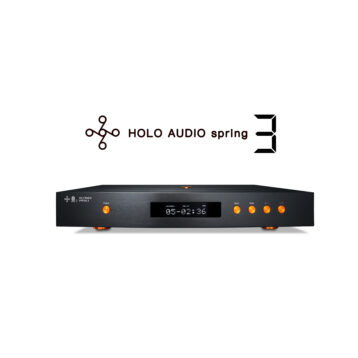
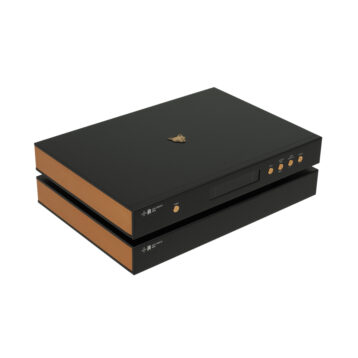
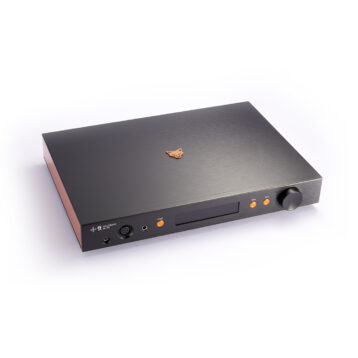
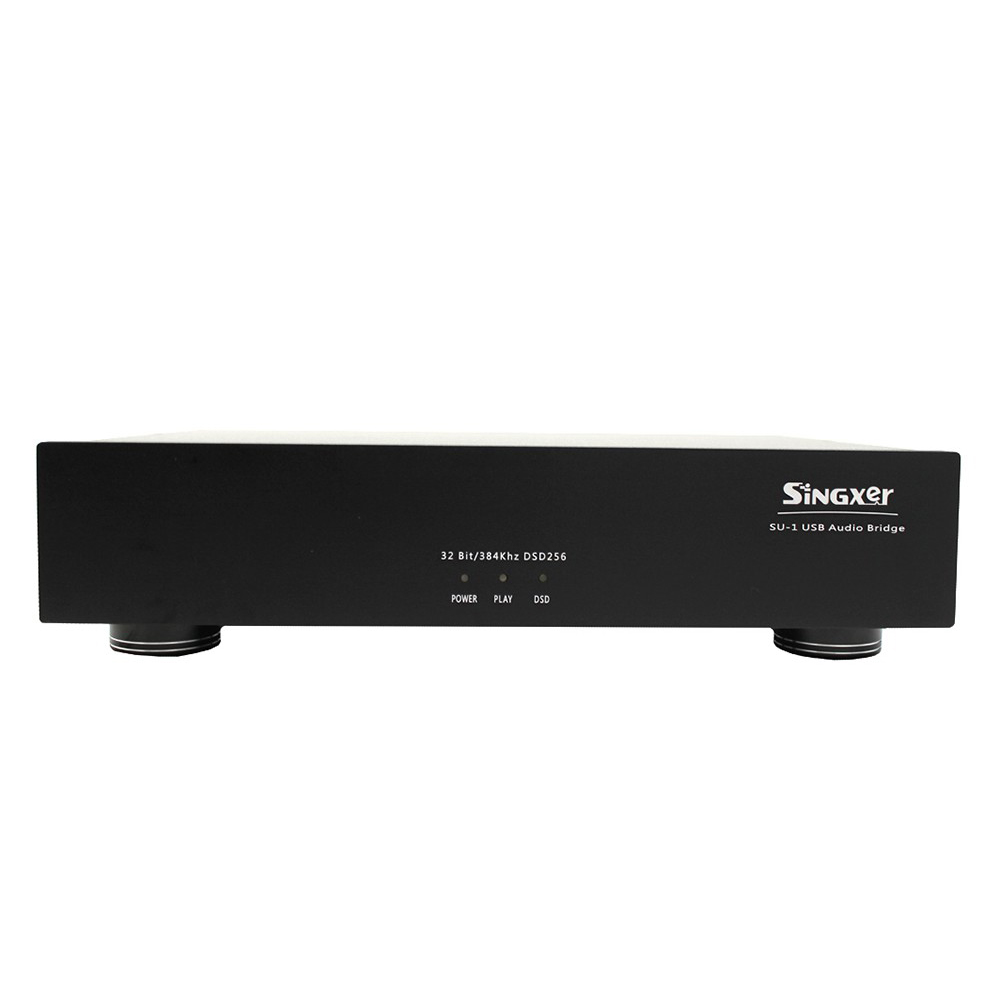
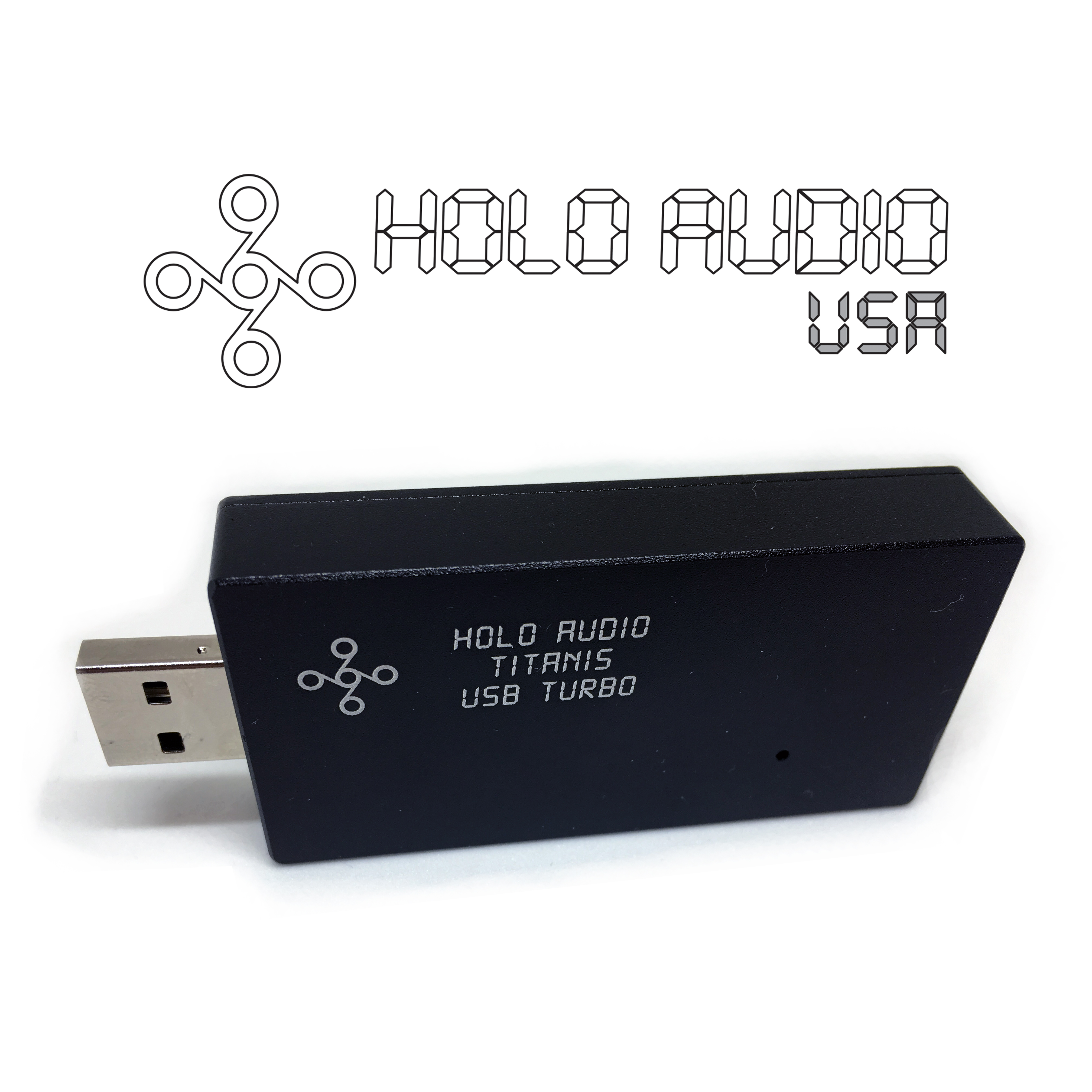
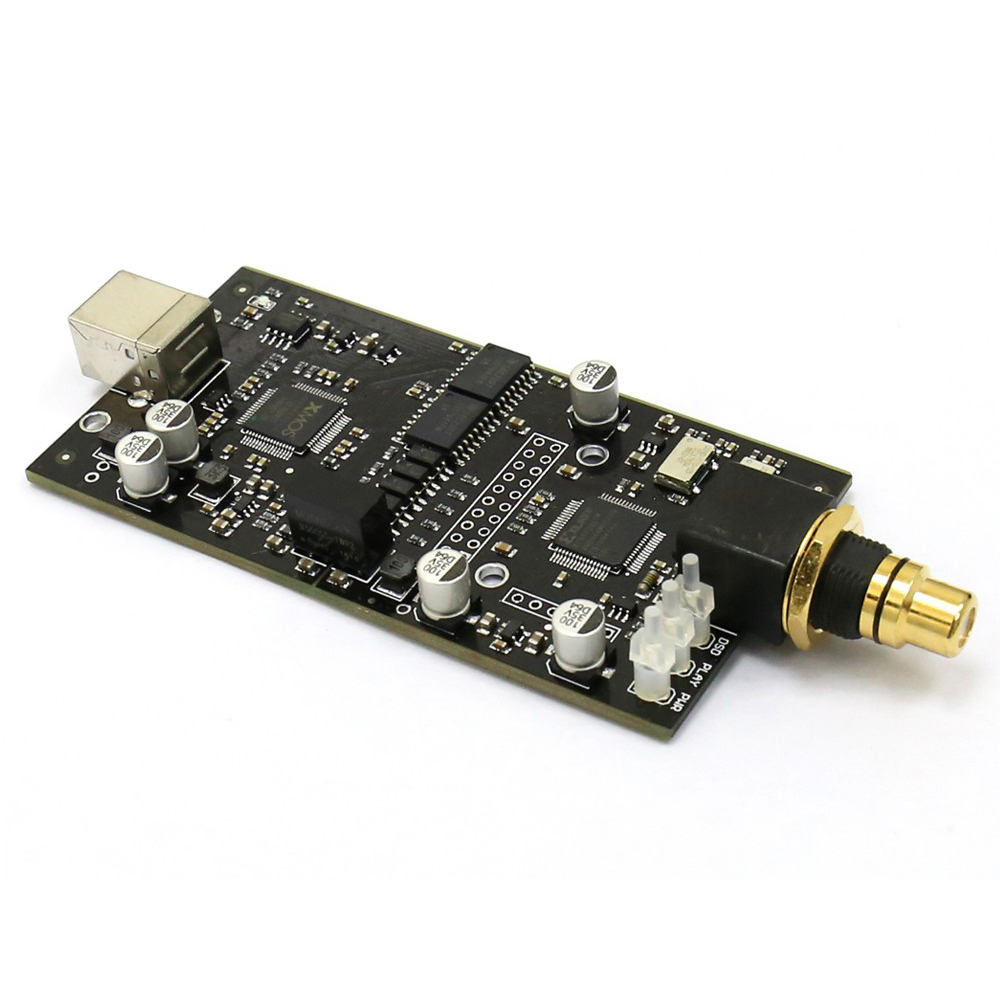
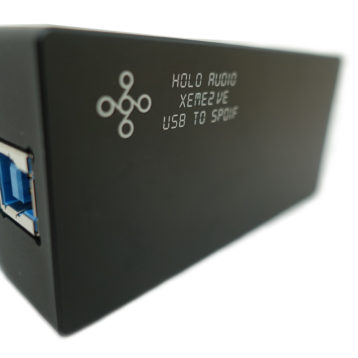
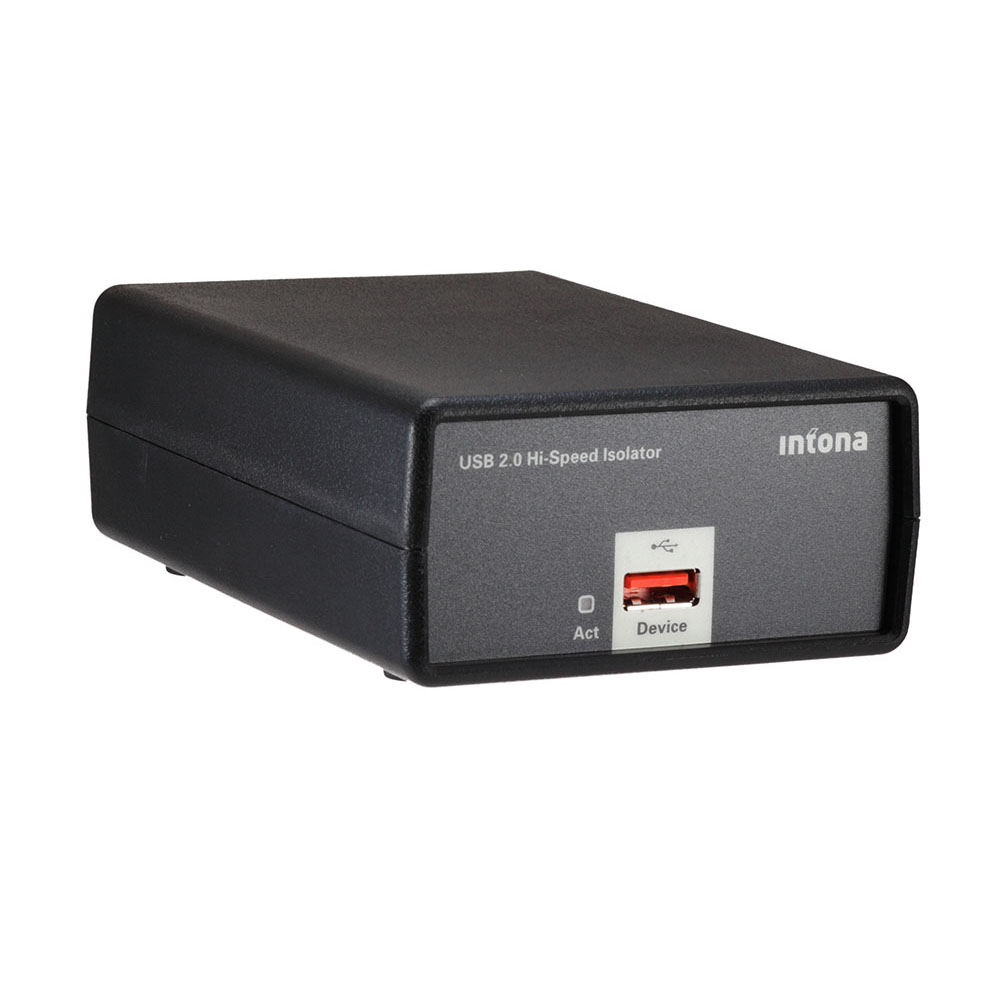
Reviews
There are no reviews yet.